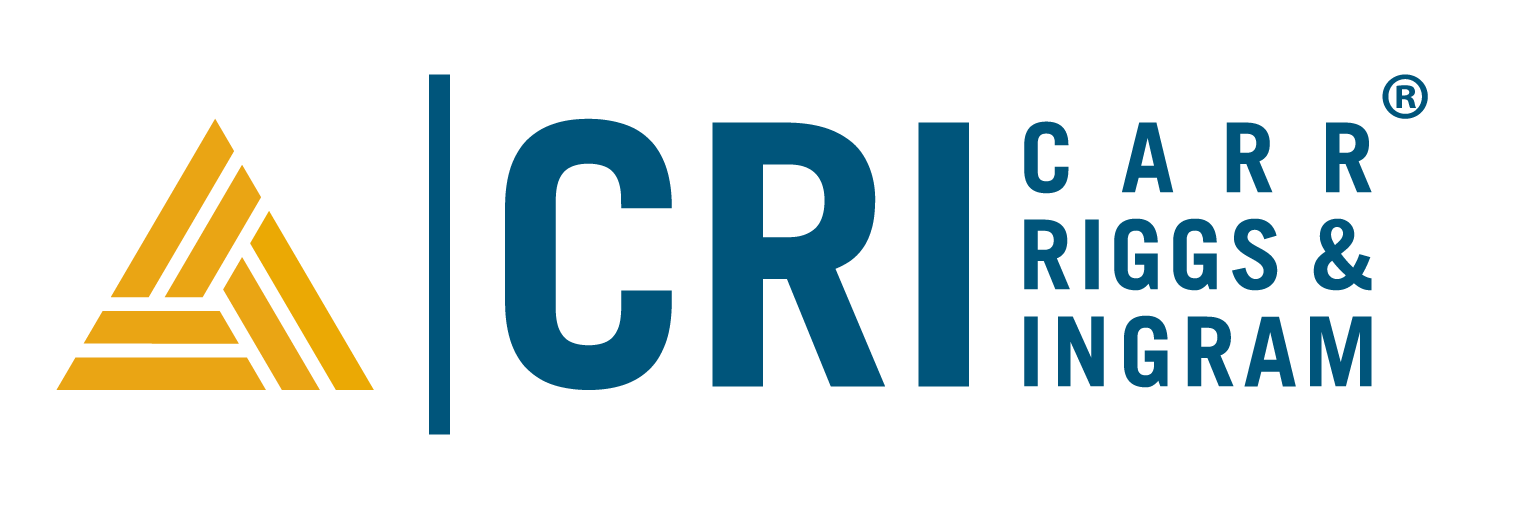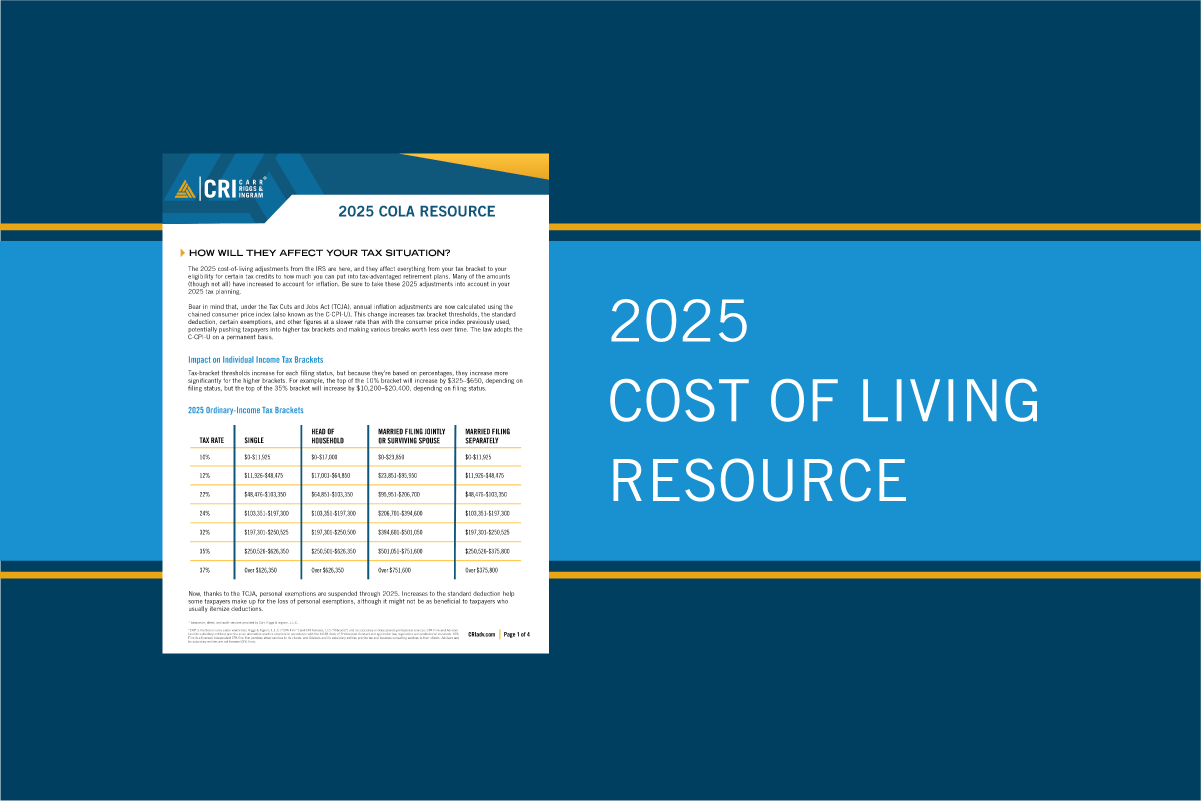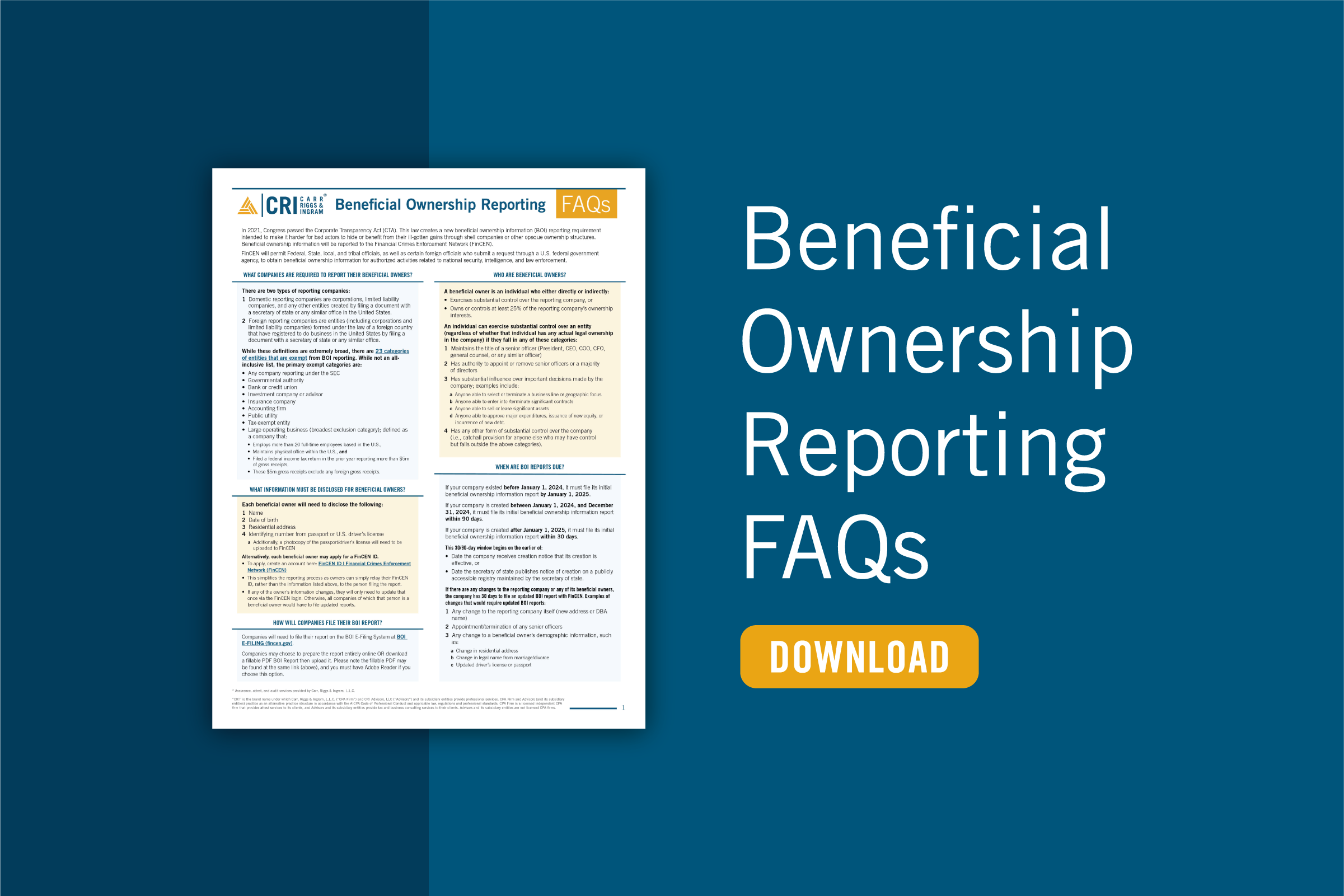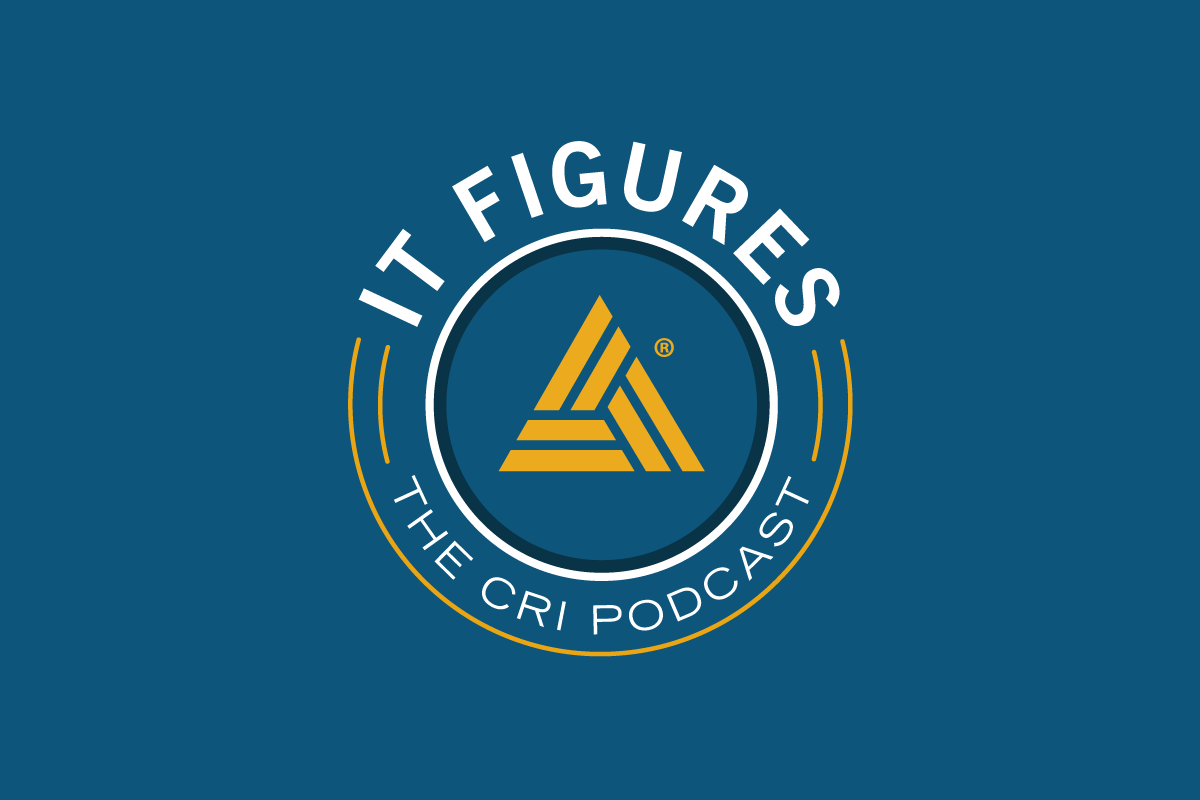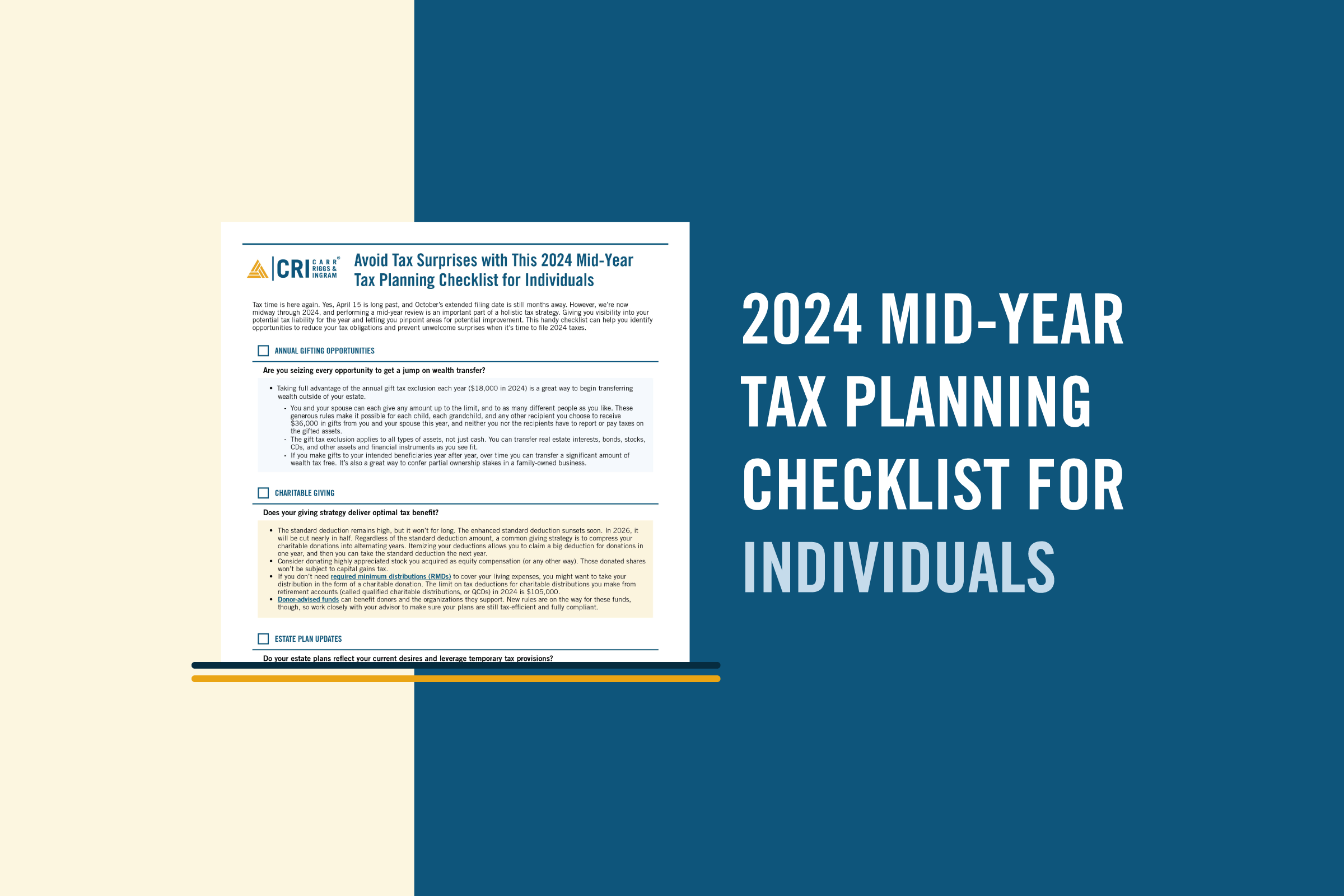How to Arrange a Medical Practice Buy-Sell Agreement that Minimizes Disputes
- Contributor
- Rhiannon Sharpe
Jan 2, 2025
Many medical practices are experiencing shifts in physician availability and patient demand in the wake of healthcare reform and the COVID-19 pandemic. With a significant number of physicians retiring early due to burnout — approximately 20% more physicians retired early post-pandemic compared to pre-pandemic rates — practices face the dual challenge of managing increased patient inflow and replacing retiring partners. One solution is recruiting new physicians and offering buy-in opportunities, which can benefit both young doctors and the practice itself.
A well-structured medical practice buy-sell agreement is crucial to protecting the practice and minimizing disputes, especially in this evolving landscape.
Determining Practice Assets
The buy-sell agreement starts by defining and appraising the practice’s assets. Tangible assets include equipment, supplies, and leasehold improvements, often determining the practice’s stock price. New physicians pay for tangible assets either upfront or over a few years with interest. Intangible assets, primarily accounts receivable, are typically paid for through income shifting — a gradual net income reduction during the first few years with the practice. For instance, a physician might experience a 40% decrease in the first year, 30% in the second year, 20% in the third year, and 10% in the fourth year to complete the buy-in. This method eases the financial burden for young physicians.
Why Buy-In Appeals to Young Physicians
For many young physicians, buying into an established practice can be more attractive than starting one from scratch. Buy-in offers stability, established patient bases, and predictable compensation — aligning with long-term career goals and overall compensation packages. Typically, new physicians work as employees for two to three years before having the option to buy-in as partners. This approach provides them with time to understand the practice’s operations and culture before making a long-term investment.
Finding the Right Balance with Young Physicians
Young doctors often graduate with significant student debt, making immediate buy-in financially challenging. With the competition for young physicians intensifying, practices must offer attractive buy-in structures and compensation models. Many young physicians may initially view the practice purely as an income source rather than a long-term investment or retirement asset. Addressing these differences upfront can help mitigate conflicts over income division, asset valuation, and retention of control.
Competitive Practice Compensation Model
Physician compensation and productivity models should mirror industry standards to remain competitive. The compensation formula should balance production and operational costs while offering clear performance metrics and feedback. Integrating a well-thought-out compensation model makes the buy-in process more appealing to potential recruits.
Retaining Control of the Practice
For existing partners, maintaining control over the practice is often a priority. The percentage of stock ownership doesn’t necessarily need to equal the percentage of control or profit distribution. A separate partnership agreement can outline these divisions, with critical decisions — such as adding partners, merging, or selling the practice — often requiring a supermajority vote.
Physician Retirement and Equity Sales
As more physicians approach retirement, selling their equity becomes a critical part of succession planning. Practices should anticipate these transitions and prepare buy-sell agreements that protect all parties involved. This creates a smoother path for young physicians to step into ownership roles while allowing retiring physicians to exit confidently.
Plan for the Future With a Medical Practice Buy-Sell Agreement
A well-crafted buy-sell agreement integrates both legal principles and financial considerations to ensure a seamless transition for all parties involved. For a deeper understanding of physician buy-in agreements and best practices, consider this resource: Physician Buy-In Agreements: What You Need to Do When Becoming a Practice Owner. And when you're ready to move forward, CRI’s medical practice professionals are here, ready to work with your attorney to compose a buy-sell agreement that will protect your practice, comply with the law, and help minimize disputes.
